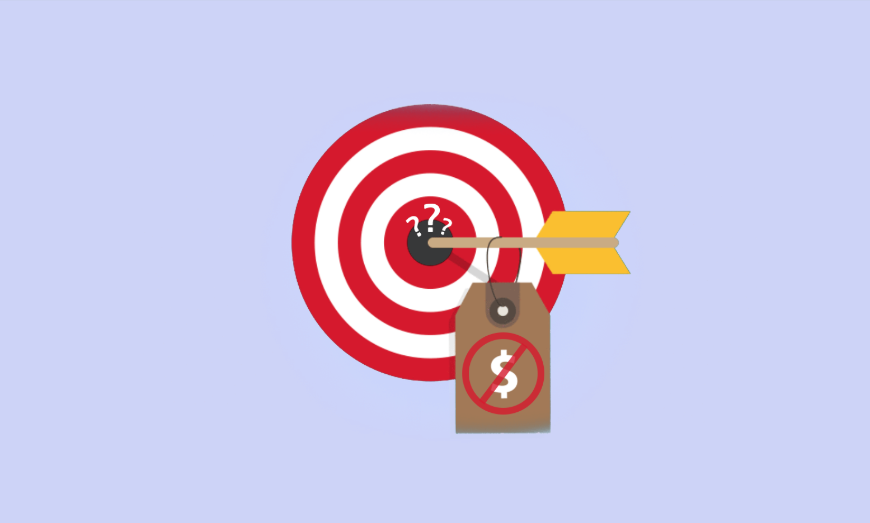Are you worried about the Hide price function and are being confused about whether or not using it for B2B or B2C purposes? Should you hide price or not on your product page?
Let’s take a glance at our article to obtain all needed information about Hide Price in eCommerce.
What Is Hide price?
Table of Contents
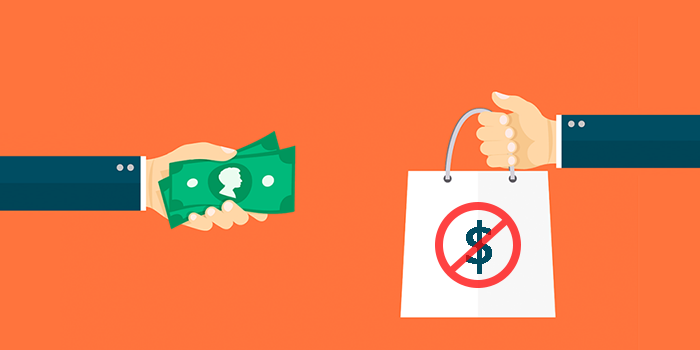
As its name implies, hide price is the act of hiding product prices to prevent customers from seeing prices whenever their eyes meet the products.
In eCommerce, each product has an individual landing page (or product page), and the product price will appear on both this product page and the categories for product listing if available.
Hiding prices on e-commerce means that product prices will not appear on the corresponding product pages or categories. Instead, to get the price, customers are required to send pricing quotation or contact via text message and directly by phone call.
Should You Hide Price In eCommerce?

Hide price isn’t just important but it’s used so frequently on many online marketplaces. Yet, it’s also debatable whether an online store should conduct a hide price strategy or not.
To understand its importance in eCommerce, I would recommend you to look at both the benefits as well as its drawbacks in the next section.
Hide Price In B2B vs B2C: Which Is More Suitable?
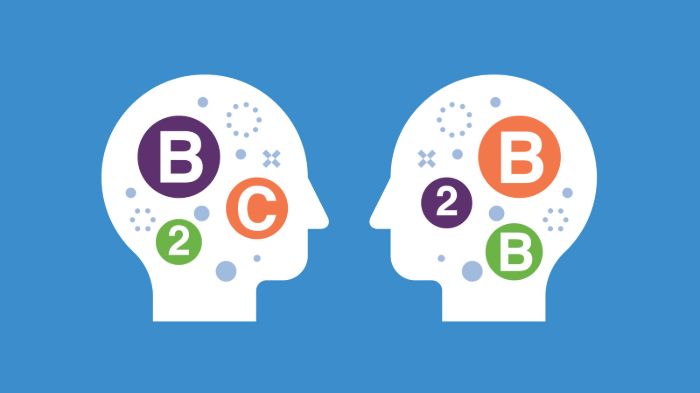
CLICK HERE for more information about Hide Price function in Magento 2 platform!
Same as us, you are probably asking yourself these questions: Should the hidden price be applied to B2B or B2C? Which one is more fitting to be used to?
Is this pricing strategy right for my business?
Let’s take a look at the benefits and drawbacks of applying the ability to hide prices for your business in e-commerce.
The Benefits Of Hide Price
General Benefits for both B2B & B2C
1. Limit Pricing Discrepancy
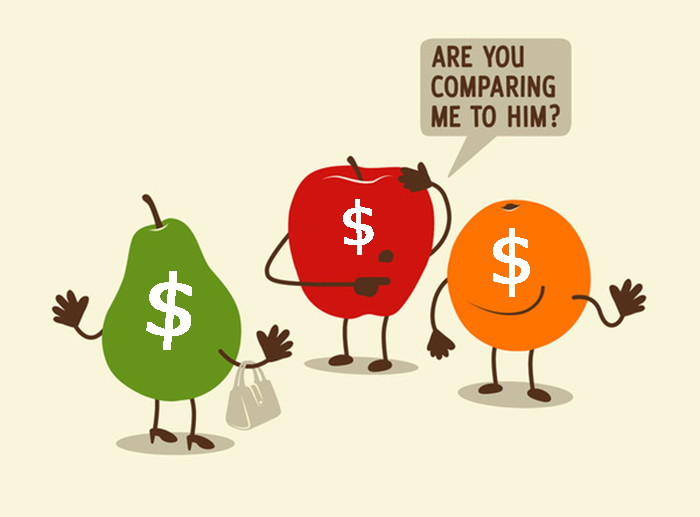
The earth is constantly spinning, and so is the market, always changing. Therefore, product prices will always fluctuate.
There would be a time when the price increases then decrease, not to mention other influencing factors such as taxes or inflation.
Besides, because the product is marketed in many different sales channels, there will always be associated costs that cause the distributor to adjust the selling price accordingly.
Unfortunately, as a consumer, you wouldn’t expect such a sudden change. If the price drops, you will surely be happy, but instead, in most cases, the order price will be increased by costs such as VAT or shipping charges incurred.
These unforeseen changes can negatively affect buying sentiment. Customers, whether B2B or B2C, may think that they have been cheated and refused to pay. Or the cost incurred is simply out of your ability to pay, leading to the order cancellation at the doorstep of the finishing a purchase.
By hiding the product price, you also limit the chance of customers being caught up by surprise when seeing a noticeable price change.
2. Building customer relationship

Typically, with products of pre-recorded prices, customers will look at their prices and calculate their financial ability to afford the product first. In case the buying desire of customers isn’t strong enough, they will stop buying your product or collecting any related information.
By hiding prices, customers are encouraged to contact you directly via phone, text message or quotation. Your sellers will have more opportunities to advise customers about products, therefore increase the likelihood of purchasing from potential customers.
On the positive side, hiding prices create opportunities for your business to increase customer experience through consulting, thereby improving and enhancing customer relationships.
3. Higher price announcement

Usually, the pre-sale price on the product page will rarely change. If there is a change of price, you can also confuse or even leave a wrong impression on any customers who already saw the old product price.
However, this problem will be easily eliminated if you set up hidden pricing on the product’s landing page.
Since the customers couldn’t see the price, they will have no basis to price the product high or low. At this point, you have complete autonomy in setting prices. You can offer high or low prices to users depending on any of your intended plans or simply current demand-supply of the market as well as.
Even if the customer has consulted the product prices from other stores, you can still argue that your price makes up for the high-quality and uniqueness of your product, which is why the product is much more expensive than others.
4. Better engagement

Hiding product prices is one great way to increase customer engagement.
Not only motivate customers to actively contact the store owner, but hiding prices also makes them feel more interested in other factors when putting the product into consideration for purchases.
For example, by hiding price, customers who take a look at the product page would put their notice into product information, features and its benefits instead of only the price.
Sometimes the product price doesn’t allow the customers to see the possible benefits that they’d get.
The fact is that many customers get help up at the landing page and take a leave right after seeing the price. It’s a waste of potential! This time, you drag your customers deep into the buying tunnel and increase the likelihood of purchases from them.
Hide Price benefits for B2B customers
1. Secured pricing strategy

LEARN MORE B2B pricing strategies HERE for better revenue of your business!
Placing public pricing on ecommerce can be a big deal to your business pricing strategy.
Unlike traditional commerce, e-commerce is both beneficial for business but also harmful to strategic planning or implementation, especially for B2B businesses.
So what is the reason? Very simple. Competing businesses can freely tour around your store (website) and choose the necessary product prices to plan competition with your store directly.
This is a problem that causes headaches for managers in general and project participants in particular. However, this problem can be solved quickly by hiding the corresponding price on the page to increase pricing security for your strategy.
2. Lessen pricing competition

Likewise, displaying prices on product pages inadvertently creates holes for other businesses to steal their prices, or worse yet, allows them to compete directly with their product prices.
For example, store A put a lot of effort into pricing research. They finally set a wholesale price of $ 5 per item in case your order contains 100 items to encourage wholesale partners to place an order.
Seeing the attractive prices of store A, store B decides to imitate. After a while, they find out that they could afford even lower prices than A to attract more customers without having to finish any appropriate pricing research. Knowing that store B has a better price, consumers stop coming to store A, which makes store A suffers lots of damage.
Therefore, to make sure that competitors wouldn’t steal your price and conduct any unfair competition, you could simply hide your price away.
3. Better price negotiation

Whether it’s B2B or B2C customers, the desire of receiving discounts is unfazed.
WANT TO LEARN how to make better negotiation in B2B pricing? CLICK NOW!
For a B2B customer who orders a large number of products, offering the personalized price with a reasonable discount rate is a must. Hide price would give more chances to discuss for an appropriate price for both seller and buyer.
Besides accepting the discount, you can compensate with other benefits such as vouchers, gift promotions, etc.
Hide Price benefits for B2C customers
1. Raise product value

According to an experiment of customer behaviours conducted by Harvard University’s Marketing unit, our brain has different ways to determine whether a product is worth its price.
“The question isn’t whether the price makes a product seem better; it’s whether a product is worth its price. Putting the price first just tightens the link between the benefit you get from the price and the benefit you get from itself.”
Uma Karmarkar, neuroscientist of harvard marketing unit
In most cases, if you see the price first, your mind would make it up that the price reflects the value of your product. On the other hand, seeing the product image first without knowing its price makes the product value seem to be higher than expected.
Combine this fact with the flexibility in setting up a product price after enabling hide price on the landing page, and you would have a possible setup to increase your revenue.
2. Increase customer curiosity

Do you think you might not need to hide the prices of all products, but rather just hide the prices of individual products?
Viewing hidden products between a list of products with a publicly displayed price (e.g. on product categories) is an effective way of raising customers’ curiosity. Customers will be motivated to contact the specific products actively, and even ask for the price if possible.
Products that need hidden prices don’t have to be best-seller ones. They can just be a bunch of products that are desperately needed to be sold.
The Drawbacks Of Hide Price Function
Disadvantages of Hide Price for B2B businesses

Because the product price has been hidden, customers will begin contacting your sales team with many questions related to the product itself.
If you work in some areas that require careful consultation of the service/product costs like SaaS, then it is entirely acceptable.
However, if your business corporates within an industry full of low-price products, then too much consultation might take away all the time of your seller team.
Regular consulting helps build relationships between customers and brands, but spending too much time in consulting will reduce sales efficiency and increase acquisition costs and effort to find new customers.
That is not to mention some B2B customers might come up with various questions yet in the end, they still won’t buy any of your products just because they thought there wouldn’t be any fits.
Drawbacks of Hide Price for B2C customers
1. Raise consumer suspicion

When seeing the hidden price, there is no denying the fact that there will be a segment of customers who doubt the authenticity of the product.
There will always be a cynical B2C clientele. They are still afraid of losing money, so they are always suspicious and cautious when they need to spend money to buy any product, whether expensive or cheap.
Hiding prices on product and category pages surely might leave a bad impression on this group of customers. This is an absolute risk that occurs if you accept the application of the hide price function for your e-commerce site.
2. Possible negative impression

Not all customers feel comfortable having to proactively make contact to buy.
For B2B customers or wholesalers, proactively sending a quote to the store is the fastest way to negotiate and learn about a product.
However, most B2C customers do not think so. For a large portion of B2C customers, having to actively contact purchases might cause unnecessary troubles, leaving an unpleasant feeling.
Sometimes, the problem is even worse in some specific cases, when these customers spend a lot of time and cannot buy the product due to various reasons such as an inability to pay, the long delivery time or the customers just suddenly have no needs to purchase the product, etc.
All of these reasons would undoubtedly leave a wrong impression and make customers denied any possible purchase decisions in the future.
The Answer
From what we know, we can see that price hiding is perfectly suitable for both wholesale and B2C customers. But, it’d be seen that the hidden price function brings fewer drawbacks in B2B than B2C while compromising just as equal numbers of benefits.
However, when and under what circumstances should we apply this feature on the website?
When Should You Hide Price?
1. Valuable product

We would recommend you to apply a hide price function only when your product has high value (high functionalities, unique features, etc.)
Hiding the price of a product that already has excellent value and notify customers of a high price could potentially raise the possible revenue of your trade.
2. High price tag
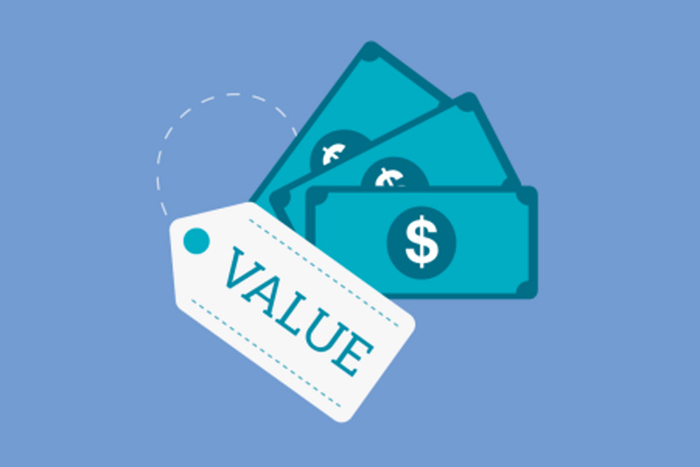
Any products that already have a high price could gain great benefit from a hide price strategy!
If you leave the price displayed on the product page, customers can leave the page as soon as they see the price is out of their reach.
There’s a chance that they could afford the product, but for lots of reasons, mostly due to saving money, customers might ignore the product value and refuse to buy when knowing the price at first sight.
Hiding the price and slowly revealing it during the consulting process can provide you with valuable information for improving your marketing and sales efforts.
At the same time, this also creates an opportunity for your team of sellers to persuade customers making purchases, which fortunately increases the rate of successful sales.
3. Multiple product options

Some products or services that are too complex to set a simple price will require a longer sales cycle than usual, often associated with multiple consultations.
SaaS products that require high costs and a tremendous amount of information from customers to determine a reasonable price are also a suitable example for the application of the hide price feature.
Extra: Hide Price For Magento 2
In case you’re looking onwards to enabling the Hide Price function for Magento 2, several Magento 2 extensions would be extra useful for your ecommerce website.
1. Magento 2 Hide Price
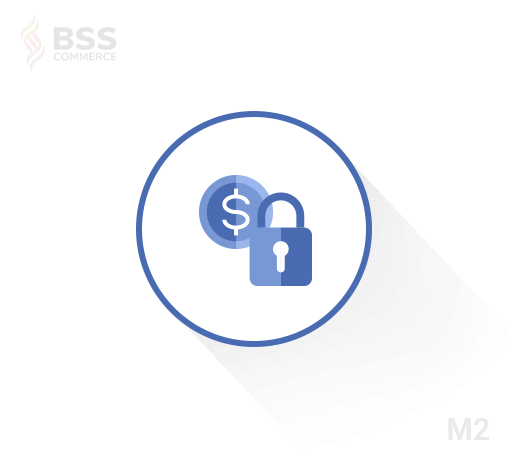
Default Magento 2 indeed doesn’t have any hiding price function, yet Magento 2 Hide Price extension not only allow you to hide product prices but also allow you to:
- Hide prices from specific products.
- Hide prices from various categories.
- Hide prices for customer groups.
- Replace Add to Cart button by custom text & URL.
2. Magento 2 Call for Price
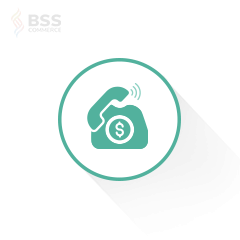
Simply hiding the price isn’t enough. Magento 2 Hide Price/Call for Price module is an upgraded version with great additional features for a better call-to-action on your product pages:
- Hide price for customer groups, products, and categories.
- Replace Add to cart button depending on your purposes.
- Set up Call for Price for products, categories, and customer groups.
- Customize and link the custom Add to cart to Call for Price form.
3. Magento 2 Request for Quote
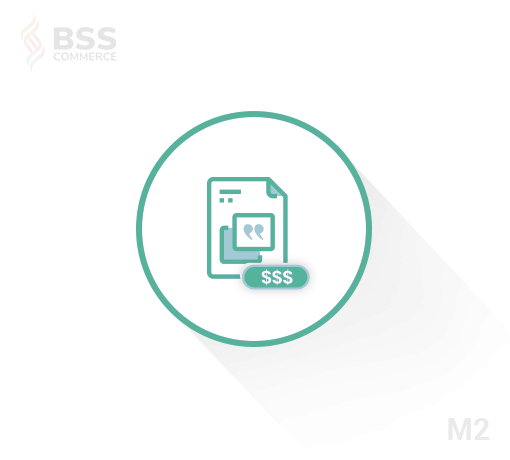
Many B2B customers love sending the quotation. Magento 2 Request a Quote extension is the best choice when it comes to quoting requests for customers.
- Enable “Add to Quote” per products as well as specific categories.
- Adding “Add to Quote” for specific customer groups.
- Define minimum quote amount per custom group.
- Approve/reject and customize the quote requests.
In Summary
Understanding the hide price function gives you true in-sight for better pricing strategy in eCommerce. We hope you use it to the maximum extent possible.
BSS Commerce is one of the leading Magento extension providers and web development services in the world. With experienced and certified Magento developers, we commit to bring high-quality products and services to optimize your business effectively.
Furthermore, we offer FREE Installation – FREE 1-year Support and FREE Lifetime Update for every Magento extension.
CONTACT NOW to let us know your problems. We are willing to support you every time.
